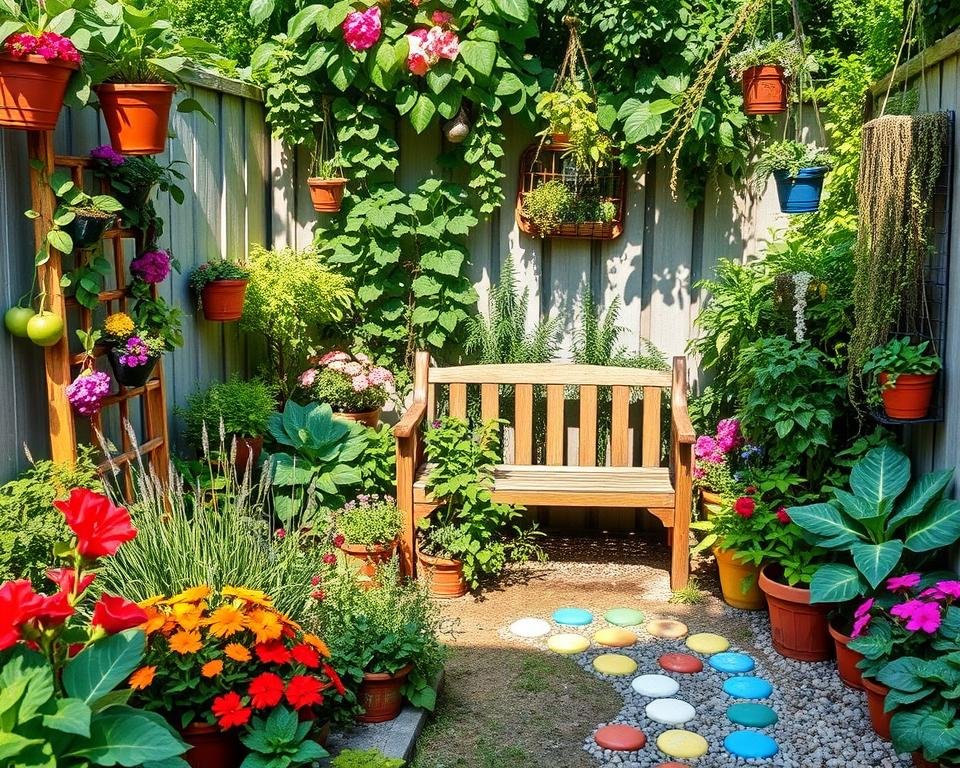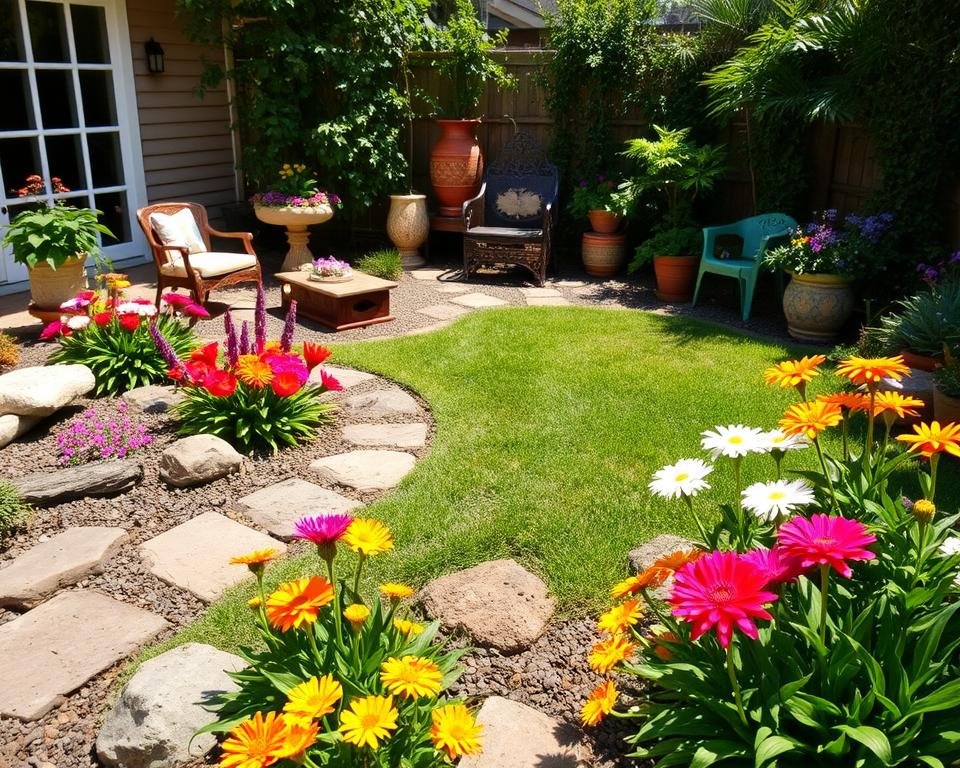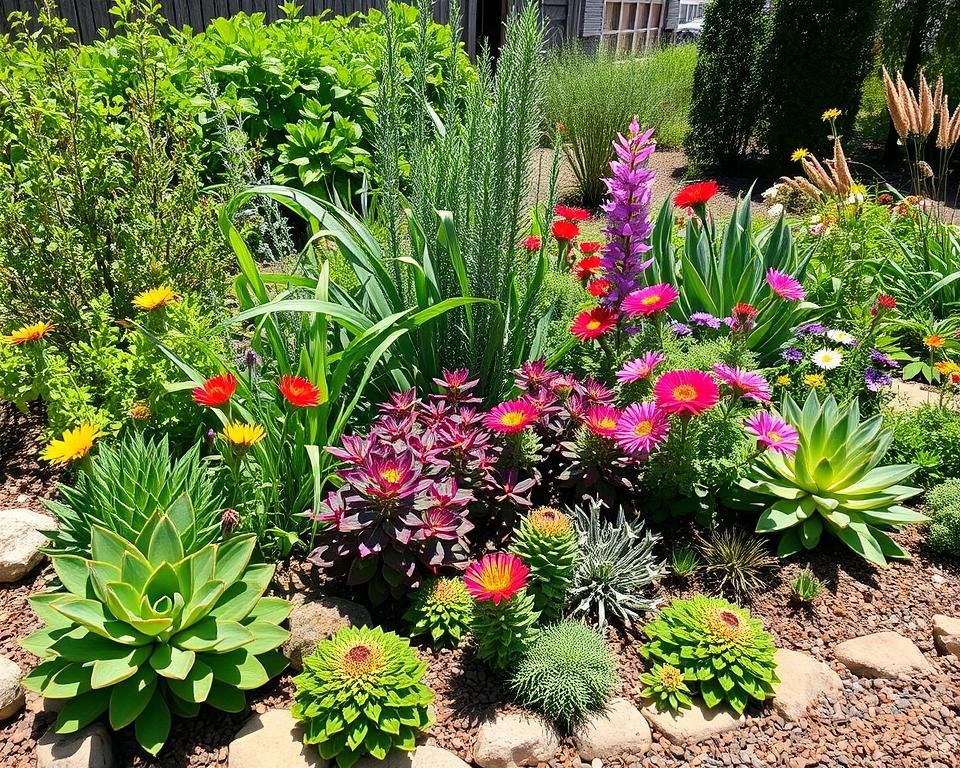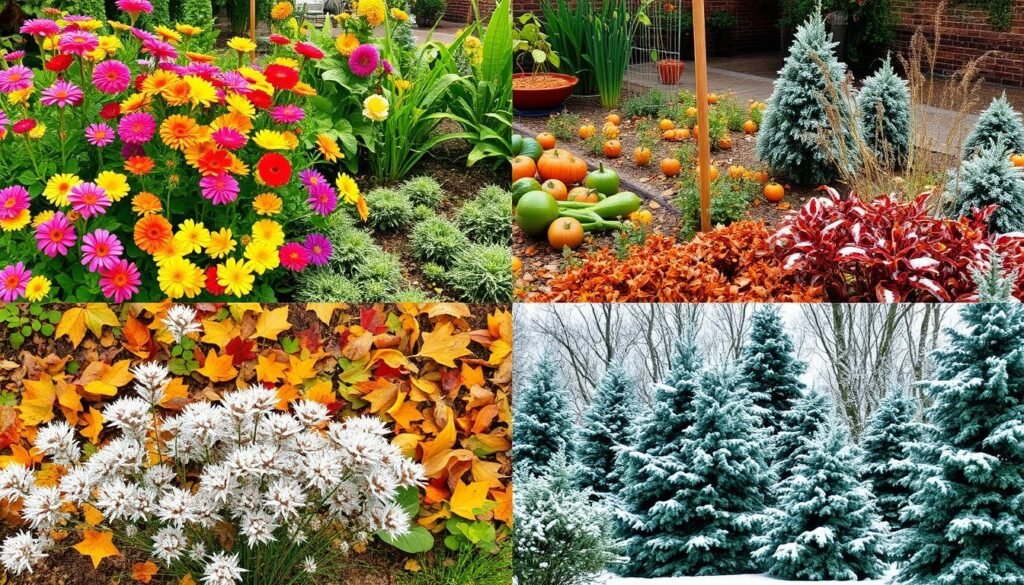Ever pondered how to turn a compact outdoor area into a vibrant, welcoming garden without draining your finances? The art of designing a small backyard garden is both achievable and fulfilling, blending creativity with practicality. This guide will navigate you through essential tips and tricks for enhancing a limited space economically. It emphasizes the importance of understanding your space and budget while optimizing every inch. With strategic planning, even the tiniest plots can become a sanctuary of beauty and utility. Discover budget-friendly plant choices and innovative gardening methods that encourage you to unleash your creative potential.
Understanding Your Space and Budget
Embarking on a budget-friendly garden project starts with a thorough assessment of your space and financial resources. This approach ensures you make the most of your gardening endeavors without overspending. Begin by meticulously examining your garden’s layout, including its dimensions and existing features, to guide your financial planning.
Assessing Available Space
When assessing available space, focus on optimizing your outdoor area. Consider these key factors:
- Measure the dimensions of your garden to identify usable areas.
- Observe sunlight and shade patterns throughout the day.
- Take note of existing landscaping features that may influence plant choices.
Strategically utilizing space can significantly enhance plant diversity and ensure their health. Techniques like layering plants, grouping them by height, and utilizing vertical space create a more dynamic garden environment.
Setting a Realistic Budget
Establishing a realistic budget is crucial for realizing your gardening aspirations without financial strain. Start by compiling a list of potential expenses, including:
- Plants and seeds
- Soil and fertilizer
- Tools and gardening supplies
- Furniture and decorative items
Understanding these costs allows you to pinpoint areas for cost-cutting or adjustments. Exploring DIY options and finding budget-friendly plants at local garden centers can help manage expenses while still achieving your garden goals.
Tips and Tricks for Creating a Beautiful Garden in a Limited Space Without Break
Creating a stunning garden in a limited area can feel daunting, but it’s definitely possible with the right strategies. By focusing on elements that boost both functionality and aesthetics, you can make the most of your space. This section delves into incorporating practical elements and choosing budget-friendly plants to enhance your garden.
Incorporating Functional Elements
Designing a garden that serves multiple purposes is a great way to maximize limited space. Consider these functional elements:
- Seating Areas: Create cozy corners with benches or folding chairs that allow relaxation amidst greenery.
- Decorative Pathways: Use stones or gravel to outline walking routes, leading guests through your garden.
- Lighting Features: Install solar lights or lanterns to illuminate pathways, enhancing nighttime beauty and safety.
- Multi-Purpose Furniture: Opt for storage benches or tables that provide utility without consuming much space.
Choosing Budget-Friendly Plants
Selecting the right plants is key to a vibrant garden on a budget. Focus on choosing budget-friendly plants that thrive in your local environment:
- Native Plants: These plants adapt well to local weather conditions and require less maintenance.
- Drought-Resistant Varieties: Choose hardy plants that conserve water, reducing both costs and care efforts.
- Perennials Over Annuals: Opt for perennials that return each year, saving money in the long run compared to annual plants.
By incorporating these elements and selecting smart plant choices, you can create a garden that flourishes without overwhelming your budget.

Small Garden Ideas to Enhance Aesthetics
Transforming a small garden into a visually captivating space requires thoughtful design choices. Using color and texture is key to enhancing its appeal. By incorporating various elements like plants, decorations, and art, you can infuse charm and personality into limited spaces.
Using Color and Texture
Colorful blooms and varying textures draw the eye and add depth to small gardens. Choosing plants with contrasting foliage and flower colors creates visual interest. For example, pairing vibrant flowers like marigolds with deep green leaves can have a striking effect.
Layering plants of different heights is another effective strategy. Taller plants in the back and shorter ones in front create a natural tiered effect. This technique makes the space feel larger.
Decorative gravel or mulch introduces additional texture, enhancing the garden’s complexity. Using varied materials like stone and wood can further accentuate areas within the garden. These contrasts provide a delightful visual experience against thriving plants.
Incorporating Art and Décor
Art and décor elevate small gardens from mere landscapes to enchanting spaces. Elements like garden sculptures, trellises, and fairy lights add beauty and character. Sculptures can serve as focal points, drawing attention and sparking conversation.
Trellises adorned with climbing plants provide vertical interest, maximizing limited ground space. These elements make the garden more engaging.
Incorporating fairy lights or lanterns offers a warm, inviting ambiance during evening hours. These light sources can illuminate pathways or highlight specific plants, adding to the garden’s allure.

By thoughtfully using color, texture, and artistic elements, you can create a stunning small garden. These strategies bring life and charm to confined spaces, showcasing the beauty of gardening.
| Element | Effect |
|---|---|
| Contrasting Flowers | Creates vibrant focal points |
| Layering Heights | Provides depth and structure |
| Decorative Gravel | Adds texture and defines areas |
| Garden Sculptures | Enhances artistic appeal |
| Fairy Lights | Creates ambiance and invites exploration |
Space-Saving Gardening Tips
Maximizing your backyard space doesn’t have to feel restrictive. By using space-saving gardening tips, even the smallest area can become a lush oasis. Focus on vertical garden design and container gardening techniques to optimize your space. This approach adds beauty and functionality to your area.
Vertical Garden Design
Vertical gardening is a creative way to grow plants upward, utilizing limited horizontal space effectively. Wall planters, hanging pots, and trellises create stunning focal points. They draw attention and boost your garden’s visual appeal. This method saves ground space and adds layers, making your garden feel larger and more welcoming.
Container Gardening Techniques
Container gardening techniques provide a flexible way to grow various plants without needing much ground space. You can use different sizes and materials, like recycled containers, for various locations, from patios to balconies. Choosing plants that do well in containers enhances this method. It lets you create a lush, vibrant garden without taking up too much space. Embrace thriftiness and creativity in designing your compact garden with these simple yet effective methods.
FAQ
What are some tips and tricks for creating a beautiful garden in a limited space without breaking the bank?
Begin by crafting a detailed plan that aligns with your space and budget constraints. Select compact, budget-friendly plants suitable for your climate. Utilize vertical gardening to optimize space. Additionally, integrate functional elements like seating and decorative pathways to elevate your garden’s charm.
What are some small garden ideas to enhance aesthetics?
Enhance a small garden’s beauty with a mix of color and texture. Choose foliage and flowers with contrasting hues and layer them at different heights for depth. Decorative elements such as sculptures, trellises, and fairy lights can also infuse your garden with unique character.
How can I implement space-saving gardening tips in my small garden?
Explore vertical garden designs like wall planters or hanging pots to conserve ground space while showcasing plants. Container gardening allows for flexibility in arranging plants. Diverse container sizes cater to various plant types, optimizing your space.
What are some creative landscaping ideas for small spaces?
Employ layered plantings and decorative gravel or mulch for visual appeal. Incorporate multi-purpose furniture that serves as storage. Mirrors can create the illusion of a larger space. Pathways or benches add functionality and an inviting atmosphere to your garden.
Are there budget-friendly plants suitable for small gardens?
Indeed! Opt for native plants that need minimal upkeep and flourish in your local climate. Drought-resistant plants and perennial flowers offer long-term beauty without the high cost.
How can I effectively assess my available garden space?
Measure your outdoor areas and note the sun and shade patterns throughout the day. Identify existing landscaping features like trees or fences that might influence your planting choices. This approach ensures efficient use of your space.
What are some container gardening tips for maximizing small areas?
Select containers that match the plants you wish to grow, ensuring they have proper drainage. Utilize recycled materials for distinctive containers and arrange them at different heights for visual interest. Consider the sunlight and water requirements of your plants when placing your containers.

